LTR Limited Vectors
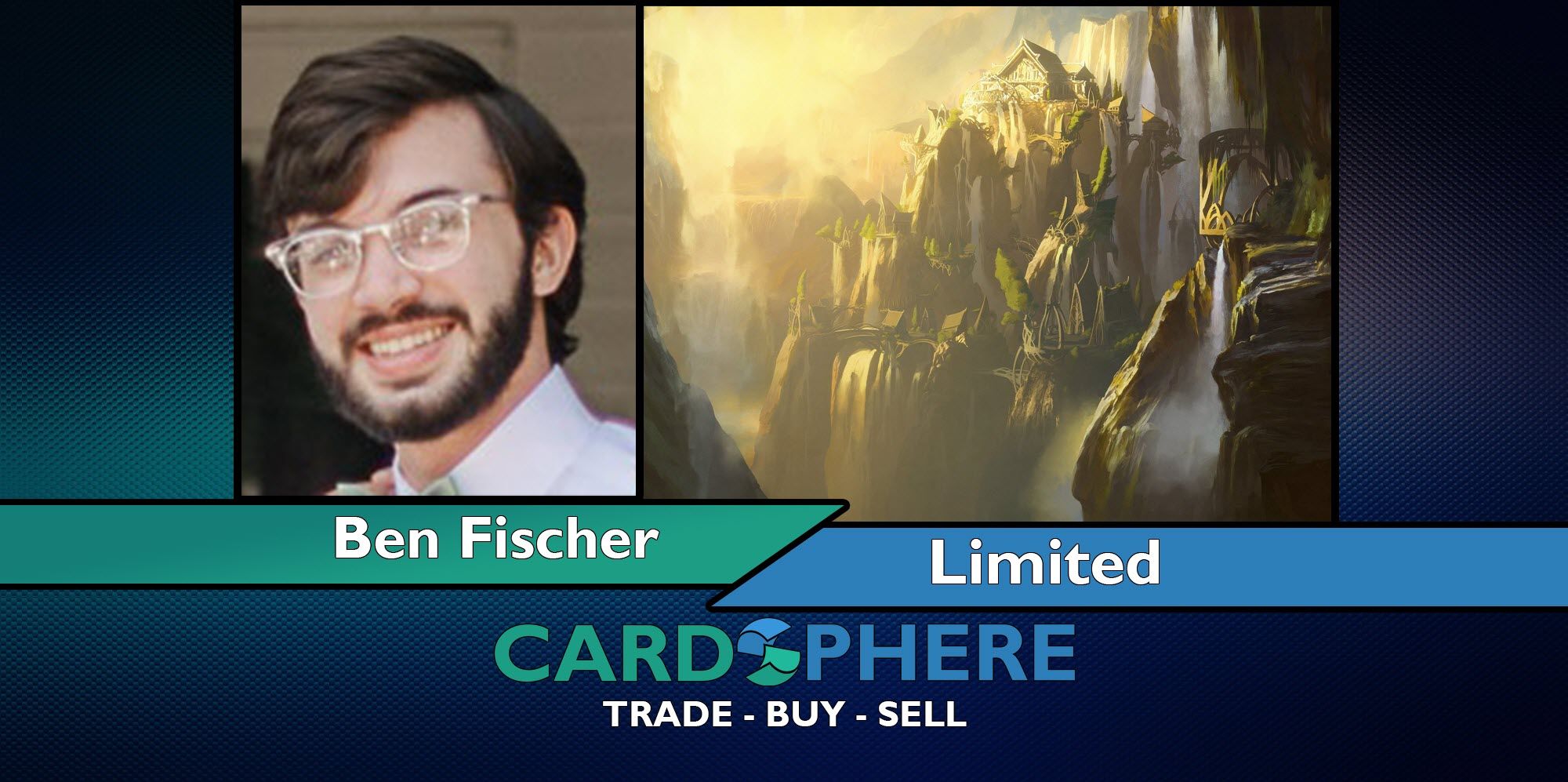
Welcome to the Prancing Pony, traveler! We were just about to talk about some exciting vectors in Tales of Middle-earth limited. Grab a pint, grab a seat, and enjoy!
Middle-earth is full of legendary heroes, legendary artifacts, and legendary… instants? This new set seems to have it all, and does a fantastic job of representing the story we all know and love in a fresh, exciting way. As someone who hopes to both draft and collect this set, all I can ask for now is a solid draft format. Prerelease is still a few weeks away, but we can use vector theory to get a great understanding of how the limited format functions. Let’s take a look at some of the most important vectors of the set.
My Precious
Let’s be honest: not everyone is as pure as Tom Bombadil. We’re going to get tempted by the Ring, a flavorful mechanic reminiscent of Dungeons and Initiative. Given that cards with those mechanics have gone on to create headaches in older formats, we can expect there will be some strength in giving into temptation.
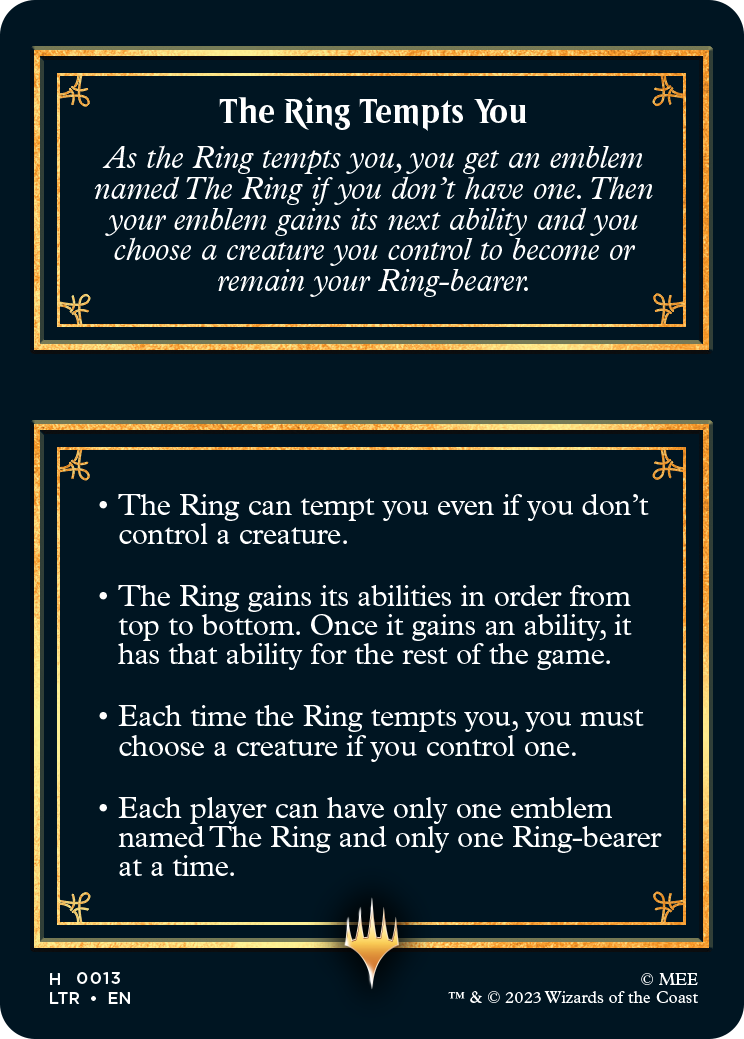
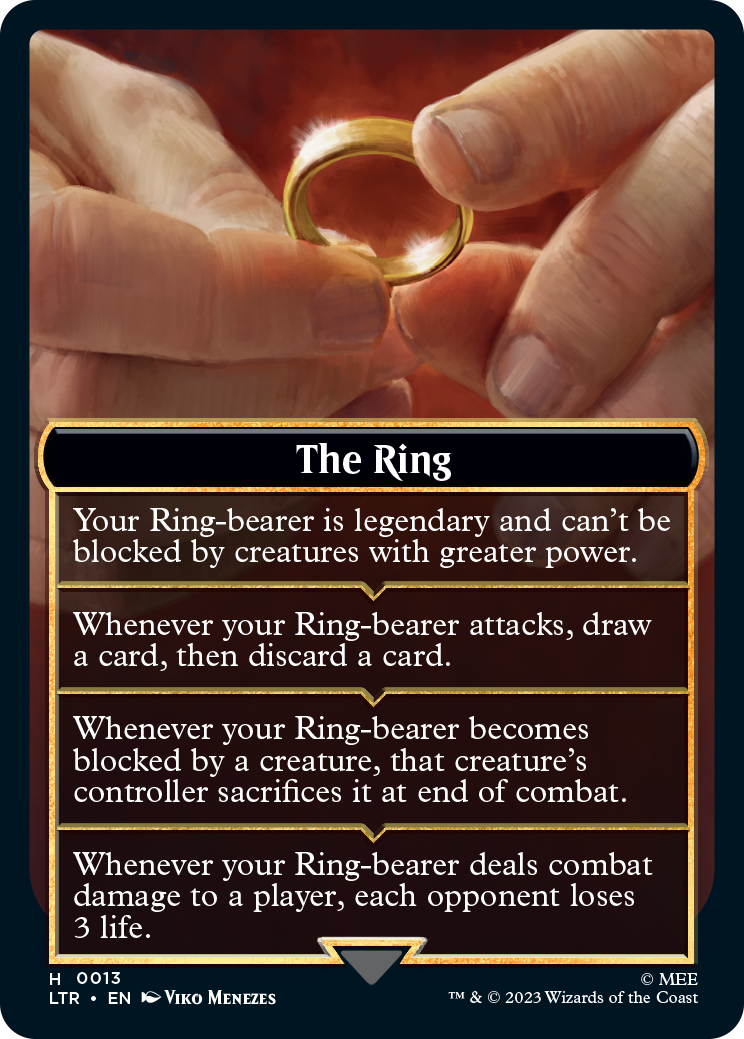
If you organize Magic mechanics by “how difficult is it to interact with my opponent while they do this?” you find an interesting trend. On one side, you have things like artifacts/enchantments matter, creature-type themes, and tokens. If you have the Disenchant, or the Doom Blade, or the Drown in Sorrow, you’ll be fine! On the other side, there are mechanics like Dungeons, Energy, and Planeswalker emblems. This tends to be the busted side of the spectrum, as they are much harder to interact with.
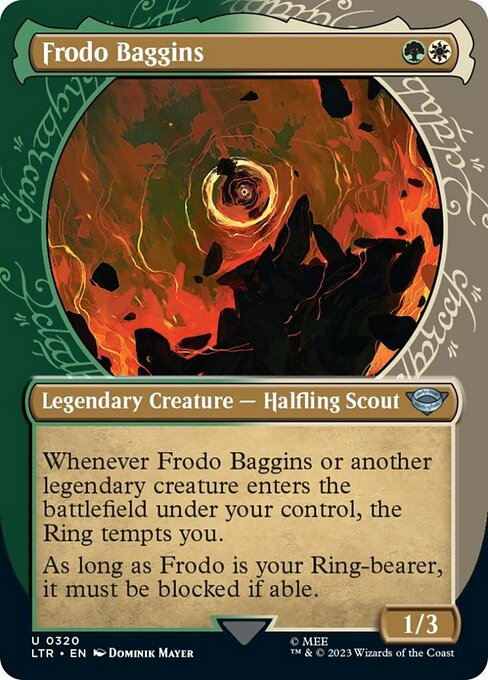
This vector will likely be at its best when utilizing cards that are difficult to interact with. Many of the cards that tempt you are enters-the-battlefield abilities or attached to spells, similar to Venture into the Dungeon (and we all know how that turned out). One key difference is that once the Ring has tempted you four times, it no longer has an effect when the ability resolves, besides choosing a new ringbearer. The mechanics of the Ring also point in the direction of attacking with a creature in the early game, so if you find yourself with some tempting cards, draft a reasonable number of creatures and a low curve accordingly.
Legendary Heroes
We’ve seen this vector before, with uncommon legends and legendary-payoffs in sets like Kaldheim and Dominaria. Characters in Lord of the Rings are nothing if not legendary, and we even get multiple versions of heroes and villains representing them at different points in the story. You can definitely expect to pick up a handful of legends each draft, maybe even 5+ if you begin drafting the vector early.
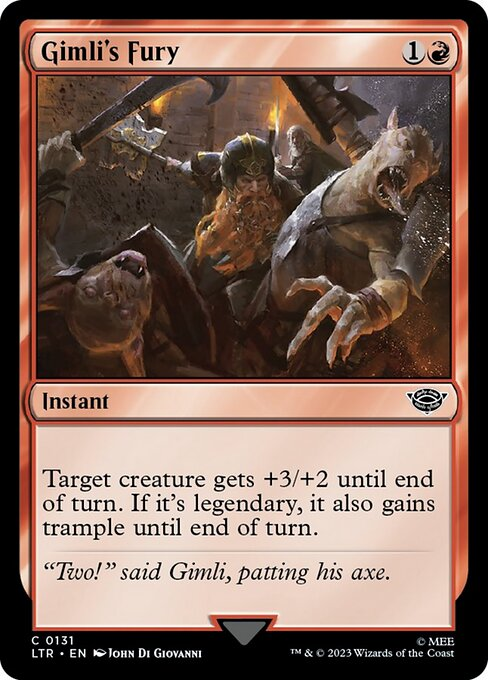
Legends are available in all colors, and you can even make non-legends legendary when tempted by the Ring, so cards that reward you for having legends in play won’t miss very often. Even when they do, most seem to be on-rate by themselves, and above-rate with a legend or two in play.
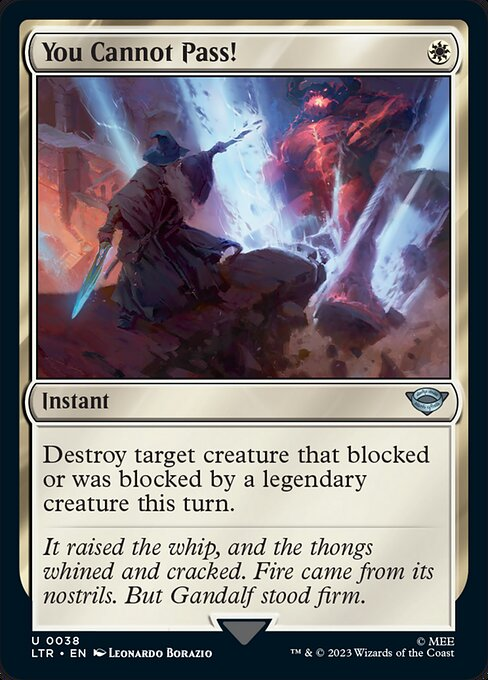
Boil 'Em, Mash 'Em...
It’s not Lord of the Rings without second breakfast! Food is back, and more delicious than ever. Primarily in the Abzan colors, food is a resource that can provide a nice boost to life total- at worst. At best, food acts as a medium-difficult-to-interact-with resource for token creation, sacrificing permanents, triggering lifegain abilities, powering up your spells, and more!
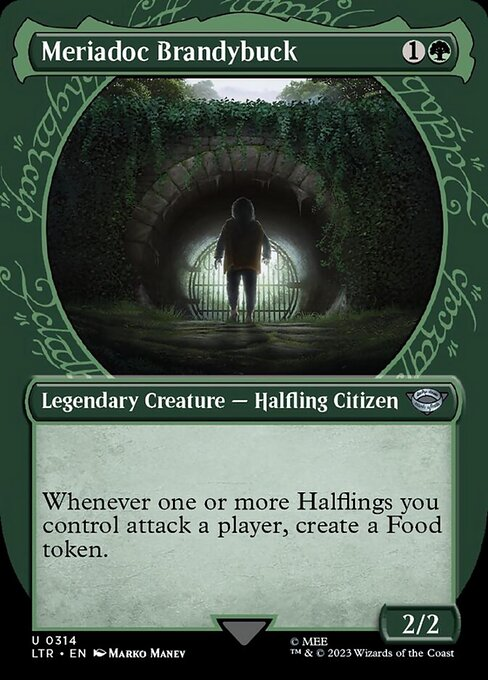
This is a good time to remember that your life total is a resource. New magic players often think of your life total as a score, where the player with the higher one is winning. It usually just takes one game with a card like Necropotence or Griselbrand to understand how wrong that idea is. Your life really doesn’t matter until it’s zero (or 111, thanks to Bilbo!). That being said, it’s usually not a good idea to sacrifice Food tokens unless you’re at risk of taking lethal damage.
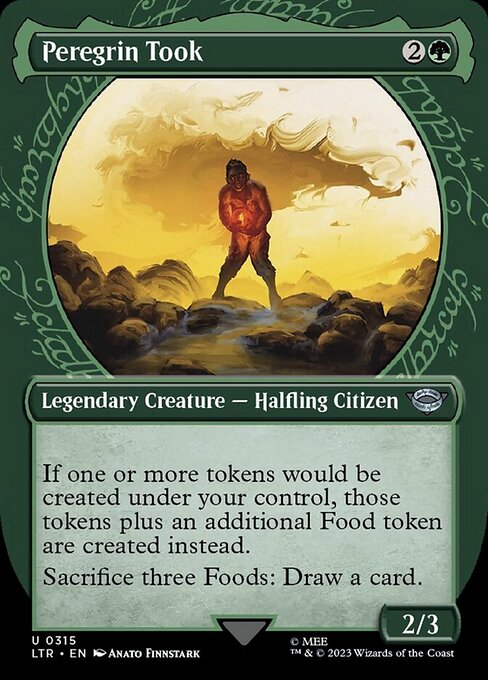
There are plenty more vectors to explore, including Amass Orcs, Equipment, double-spellcast, scrying… What is this, the Long List of the Ents? Good luck on your adventure, traveler, and remember- you can always turn to the bards of the Draft Chaff Podcast for more limited lessons. Now, fly you fool!
